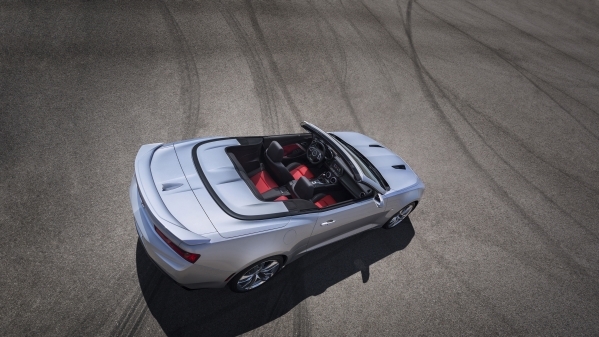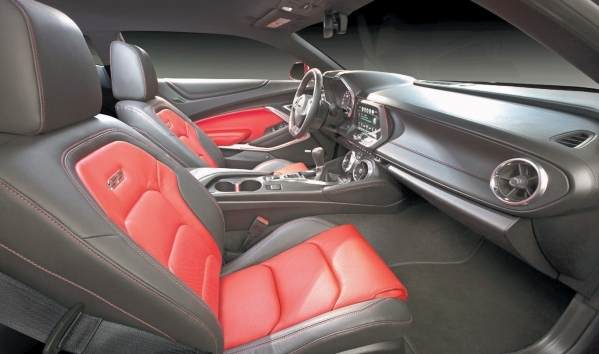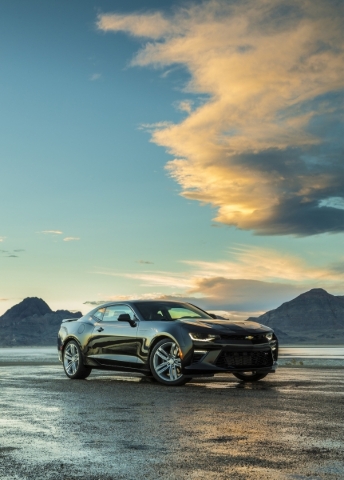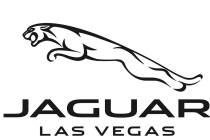2016 Chevrolet Camaro still blazing a trail



The sixth-generation Chevrolet Camaro is the 2016 Motor Trend Car of the Year. Motor Trend editors praised the Camaro for its lighter weight, which contributes to “world-class sports car performance and dynamics.”
Motor Trend magazine announced its pick Monday at a gala before the Los Angeles Auto Show. Motor Trend is bringing its International Auto Show to Las Vegas Nov. 27-29.
It’s likely that the Camaro wouldn’t exist today if it weren’t for continuing interest and support from the Baby Boomer generation and, now more commonly, their offspring.
Both are steeped in the warm glow of nostalgia and yearning for a time when General Motors, Ford, Chrysler and American Motors’ sporty machinery blazed a trail across the nation’s streets and racetracks. More than five decades on, that trail has yet to cool off.
With the recently redesigned Ford Mustang and significantly updated Dodge Challenger (including the mind-blowing 707-horsepower Hellcat version), what more could fans of past-generation American muscle wish for? Well, that would be an all-new sixth-generation Chevrolet Camaro to keep pace with the competition.
The 2016 model sticks with the same general look as the previous car, including a beltline as high as Steve Urkel’s pants. A thoroughly modernized interior does away with the annoying tunnel-type gauge pods that weren’t all that popular when first installed in the original car nearly a half-century ago. The new dash is user-friendlier, with a large screen displaying vital info between the tachometer and speedometer. Another optional touch-screen on the control panel is used for the navigation, communications and the audio system.
The Camaro has switched over to a stiffer platform — one that it shares with the Cadillac ATS — which means that it’s slightly shorter and narrower than before. The weight has also been leaned out by up to 390 pound. That amount relates to the base LT coupe equipped with a turbocharged 2.0-liter four-cylinder that makes 275 horsepower and 295 pound-feet of torque. It’s also thrifty on fuel, registering 26 mpg in the city and 32 mpg on the highway. The weight for a comparable Camaro Convertible has undergone a 200-pound reduction.
The Camaro becomes heavier with the installation of either the 3.6-liter V-6 (335 horsepower/284 pound-feet) or the Corvette-based 6.2-liter V-8 (455/455) that’s exclusive to the SS model.
Although the turbo four-cylinder is the least expensive engine and the nonturbo V-6 is optional, for Mustang buyers the choice is the other way around.
All three Camaro powerplants are available with six-speed manual transmissions or available eight-speed automatics that can be ordered with paddle-shift controls. The V-8’s Tremec-brand manual gearbox gets a rev-matching program that blips the throttle when downshifting. Matching the engine speed to the transmission keeps things nice and smooth at the back end.
Regardless of which one is selected, you’ll still have an engagingly rapid car on your hands; the slowest being the base turbo with the automatic transmission that Chevrolet claims can reach 60 mph from rest in 5.5 seconds. The V-6 is slightly quicker, while the V8-powered Camaro SS does it in 4.0.
With a starting price of $26,700 for the turbo four-cylinder coupe, including destination charges (pricing for the late-arriving convertible has yet to be announced), base Camaros have the usual necessities and niceties plus push-button start, 20-inch wheels and a rear-vision camera (an absolute necessity when reversing).
At the upper end of the scale, a fully loaded Camaro SS will cost close to $40,000, but you’ll get what is essentially a more practical, albeit less alluring, Corvette.
There’s no official word as to whether or when the higher performing ZL1 or Z/28 models will arrive, but given the return of the racy Mustang GT350 with its 526 horsepower V8, the wait shouldn’t be too long.











